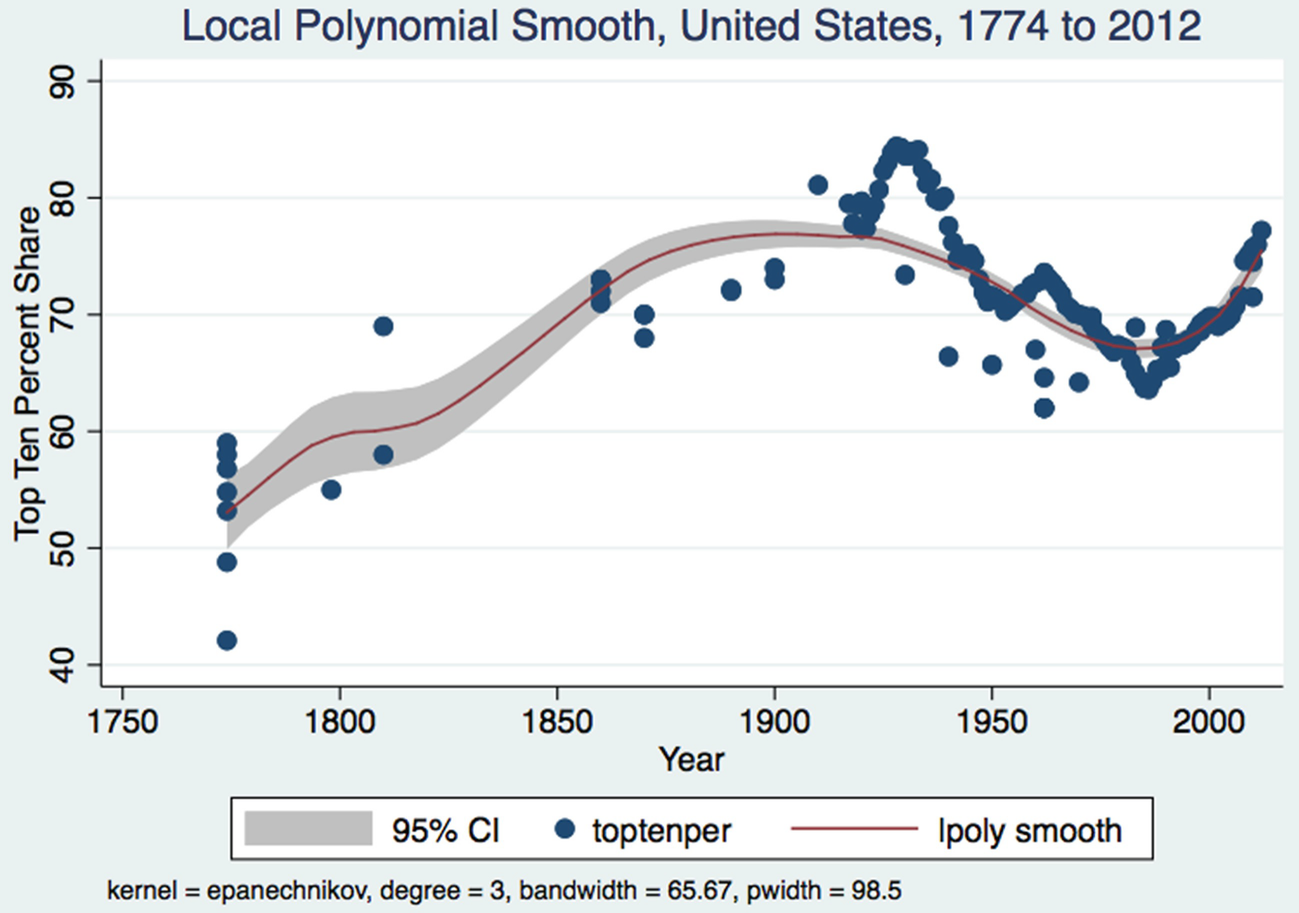As an economic historian, much of my work involved the collection and analysis of individual level and regional wealth data from late 19th and early 20th century central Canada. This work began in the 1980s with my thesis on wealth in Wentworth County under Peter George at McMaster and became a long term career project that used probate and census data to look at the determinants of Canadian wealth holding as well as its distribution. After 30 years, the responsible thing to do was to try and find a home for the data and in this regard I am delighted to announce that after conversations with Sara Janes at the Lakehead University Library Archives, a home has been found for the data collection and it has migrated so to speak. While the full electronic access to the data files is still in progress, the collection now has an entry point. A fuller description of the data set is available at the Archives site.
The data in the Canadian Regional Historical Micro Data Collection consists of over 12,000 probated decedents in Ontario and Manitoba for the period spanning approximately 1870 to 1930. In terms of the components housed at the Lakehead University Library and Archives, there are:
1) Canadian Historical Regional Micro-Data Collection: Survey Sheets: Approximately 12,000 estate files recorded on 3 to 5-page survey sheets (8” by 11”) comprising approximately 25 linear feet of material.
2) Canadian Historical Regional Micro-Data Collection: E-Files: 11 sets of e-files in excel format with accompanying coding information, approximately 30 MB of data.
3) Canadian Historical Regional Micro-Data Collection: Microfilm Resources: Several boxes of microfilm of estate files for Ontario in 1892 and 1902 and the Thunder Bay District, 1885 to 1930. Note that these will become part of the Northern Studies Resource Centre collection of the Paterson Library.
The work involving data collection and research has occurred over more than 30 years starting in the late 1980s with thesis research for a PhD in Economics at McMaster University, Hamilton and then occupying the bulk of an academic career at Lakehead University. Along with the SSHRC Doctoral Fellowship that funded the PhD (1986-1990) and the collection of the original Wentworth County estate files, there were three additional SSHRC Standard Research Grants (1991-94; 1999-02 and 2007-10) which helped put together the rest of the data.
The historical probate wealth micro data was collected for four regional areas: they are Wentworth County, Ontario (1872-1927), Thunder Bay District, Ontario (1885-1927), Ontario (1892, 1902) and Manitoba (1873-1927). Along with over 12,000 estate files collected in hard copy survey sheets which are now housed in the Lakehead University Archives, there are electronic data sets that have been generated that will eventually be available through hyperlinks through the provincial Permafrost digital data preservation system. Much of the wealth and asset information as well as personal information on the survey sheets has been placed in Excel spread sheets. Variables include gender, occupation age at death, wealth, portfolio composition, religious affiliation, birthplace, etc…However, there was substantial anecdotal and personal information taken down as well as details on bequests and estate division that was never coded and inputted and is still available in the paper-based survey forms. There is still research that can be done by coding and inputting the estate division details and subsequently analyzing it. While some preliminary work was done with Wentworth County in this regard and available for Wentworth County 1872 to 1892, funding for this last stage never materialized and remains undiscovered country. These decedents are also a potential resource for anyone doing genealogical research.
So, this is a preliminary message. When the data links are fully up and running, I will do another post. Until then, if there are questions about accessing the collection including the electronic data in advance of full hyperlink access, they can be directed to Sara Janes at the Lakehead University Archives [sjanes1@lakeheadu.ca (807) 343-8272]. Again, my thanks to the Lakehead University Archives for helping preserve this data for future research work.




